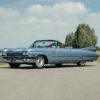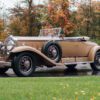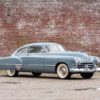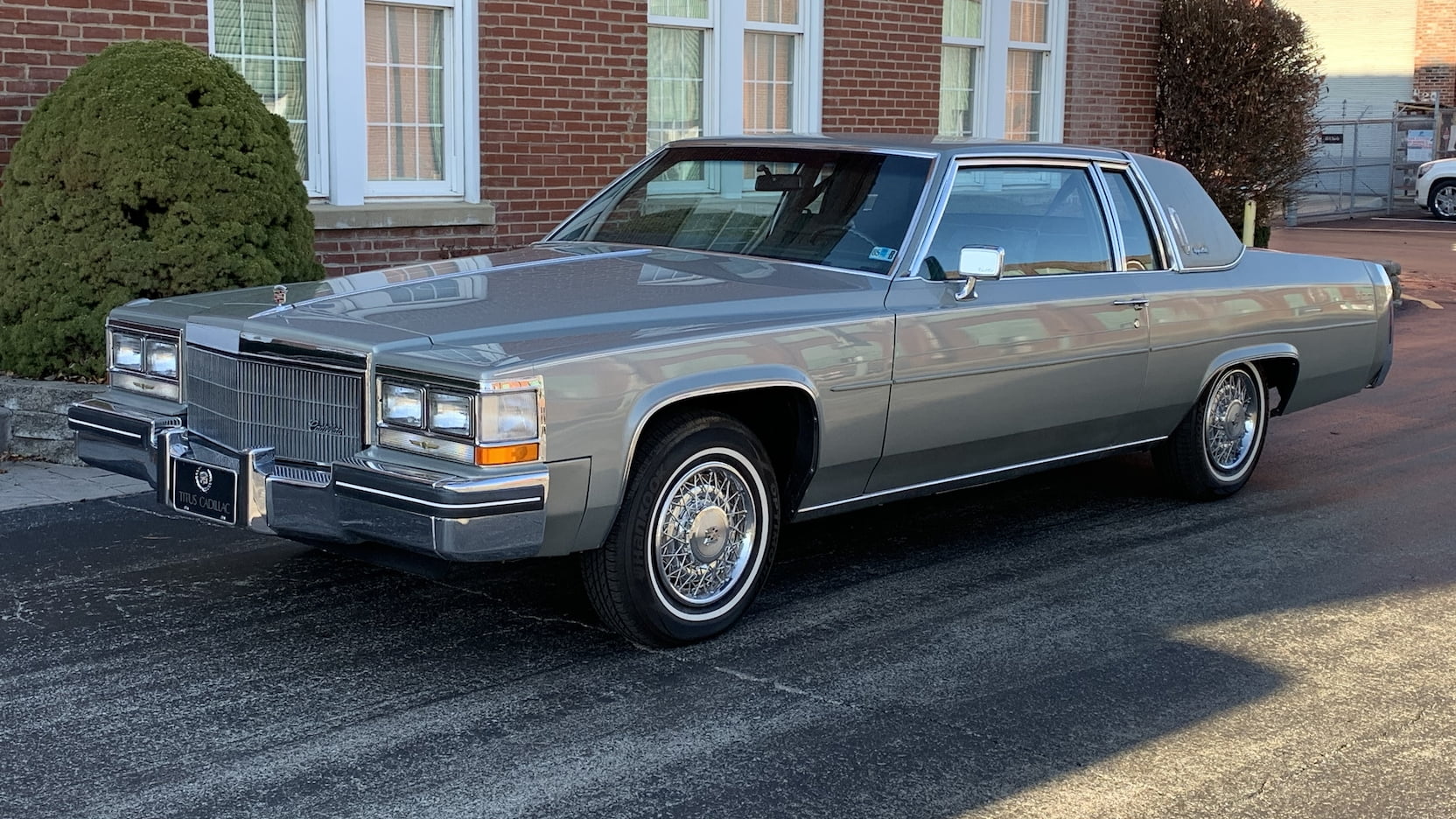Cadillac Moels & History 1984
This was more a year of waiting than one of major changes. All Cadillac engines were now fuel injected. All but Cimarron and Fleetwood limousines carried the HT-4100 cu. in. (4.1 liter V-8 with aluminum alloy block and digital fuel injection. This year, that 249 cu. in. engine gained a new exhaust system and catalytic converter, plus revised calibration settings, to meet high-altitude emissions standards. New features on DeVille, Fleetwood Brougham and limos included a goldtone horizontally-winged Cadillac crest ornament on front parking and turn signal lenses; new car-colored bodyside moldings; new goldtone vertically-winged Cadillac crest and goldtone accents on taillamp lenses; and new standard electronic level control. Diesel engine identification plaques were now on the left rear of the decklid. Faster-warming glow plugs went into the optional 5.7 liter diesel V-8, for improved cold-startups. A modified optional theft-deterrent system could detect any object on the driver’s seat that weighed 40 pounds or more.
| I. D. DATA |
|---|
- All Cadillacs again had a 17-symbol Vehicle Identification Number (VIN), stamped on a metal tag attached to the upper left surface of the cowl, visible through the windshield.
- Some of the coding changed this year.
- The number begins with a “I” to indicate the manufacturing country (U.S.A.), followed by a “G” for General Motors and a “6” for Cadillac Division.
- The next letter indicates restraint system: “A” manual; “B” automatic.
- Symbol five denotes car line and series:
- “S” Seville;
- “M” DeVille;
- “W” Fleetwood Brougham;
- “F” Fleetwood limousine;
- “L” Eldorado.
- Digits six and seven indicate body type:
- “47” 2-dr. coupe;
- “69” 4-dr. sedan;
- “23” eight-passenger limousine;
- “33” formal limousine with center partition;
- “57” Eldorado coupe;
- “67” 2-dr. convertible coupe.
- Next comes the engine code:
- “P” L4-121 TBI;
- “8” V8-250 FI;
- “N” V8-350 diesel;
- “9” V8-6-4 368 FI.
- The next symbol is a check digit.
- Symbol ten indicates model year (“E” 1984).
- Symbol eleven denotes assembly plant.
- Last is a six-digit production sequence number.
- As before, engines carried an identifying number and bodies held a number plate.
| HISTORICAL |
|---|
- Introduced: September 22, 1983.
- Model year production: 300.300 (not including early ’85 DeVille/Fleetwoods).
- The total includes 2,465 diesels.
- Calendar year production: 328,534.
- Calendar year sales by U.S. dealers: 320,017 for a 4.0 percent market share.
- Model year sales by U.S. dealers: 327,587 (including 46,356 early ’85 front-drives).
- Sales rose 13 percent for the model year, but Cadillac’s market share declined.
- (Figures are a bit distorted because both front-drive and rear-drive DeVille/Fleetwood models were sold at the same time.)
- On the other hand, all the GM divisions experienced a drop in market share.
- Rising demand, though, kept plants working overtime during 1984.
- Cimarron continued as Cadillac’s weakest seller, largely because it offered little more than the related J-car Chevrolet Cavalier gave for far fewer dollars.
- Best performers in terms of increased sales were the big DeVille and Fleetwood Brougham.
- Research had shown, however, that over three-fourths of Cimarron buyers had never bought a Cadillac before; and that many of them had previously owned an import.
- Late in 1983, a modern new plant at Orion Township in Michigan had begun production of the new front-drive DeVille, to be introduced for 1985 after early production delays.
- Also late in 1983, Cadillac became part of the Buick-Cadillac-Oldsmobile group.
- In January 1984, John O. Grettenberger became Cadillac’s new chief.
- Cadillac had offered the last American convertible in 1976, but wasn’t the first to return with a ragtop in the ’80s.
- Already on the market were Buick Riviera, Chevrolet Cavalier, Pontiac Sunbird, Chrysler LeBaron, Dodge 600, and Ford Mustang.
- Cadillac’s version was, of course, the most costly of the lot for ’84.
- The convertible was actually a conversion done by ASC Corporation in Lansing, Michigan, after the car was assembled in New Jersey.
- The work included reinforcing inner rockers, radiator support cross rods, and many body braces.
- Front and rear anti-roll bars and tougher suspension components were added along with the vinyl convertible top.
- All told, the convertible weighed 179 pounds more than the coupe from which it evolved.







